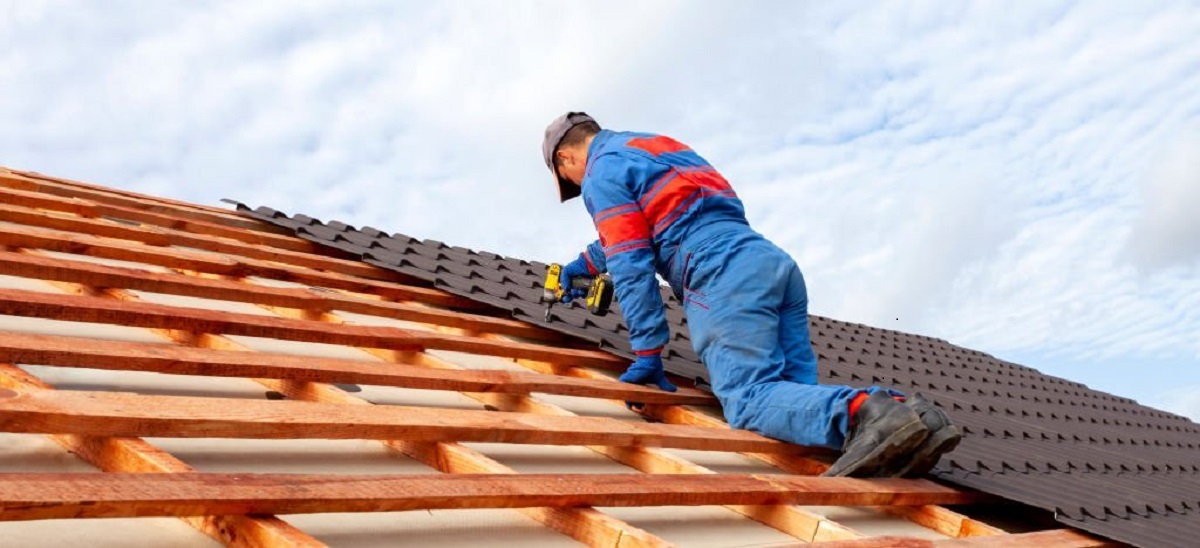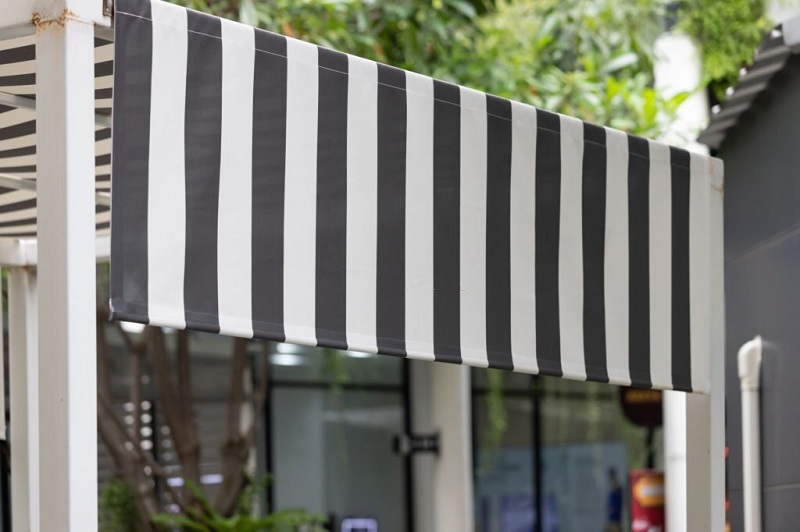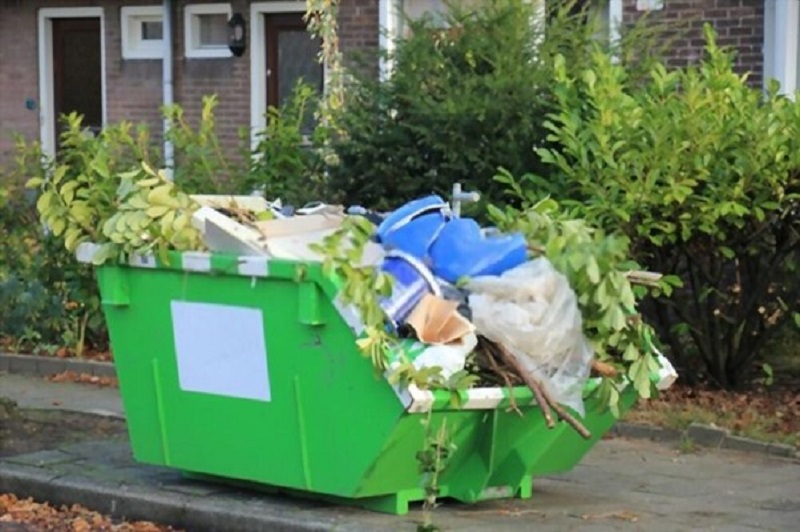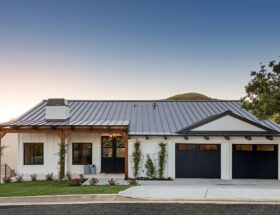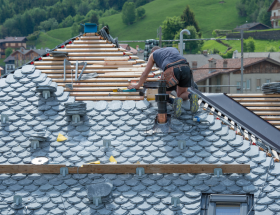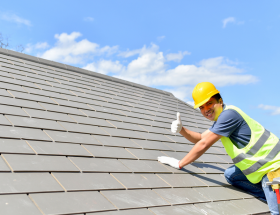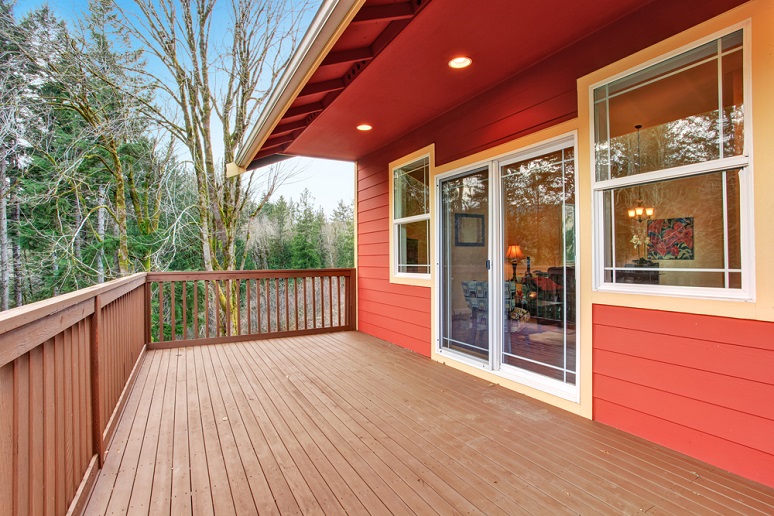Your roof is one of the most important parts of your home, protecting you and your belongings from the elements. However, over time, even the strongest roofs can suffer damage and require repair. In this article, we will discuss the top 7 roof repairs and how to fix them. By maintaining and repairing your roof, you can save money on costly replacements and ensure the safety and comfort of your home.
1. Repairing Roof Leaks
Roof leaks are one of the most common roof repairs needed. A leak can cause significant damage to your home, including mold, mildew, and structural damage. To fix a roof leak, follow these steps:
- Identify the source of the leak by checking for water stains on your ceiling or walls.
- Inspect your roof for damaged or missing shingles, cracked flashing, or other signs of damage.
- Replace any damaged materials and seal any gaps with roofing cement or caulk.
- If the leak persists, contact a professional roofer to assess and repair the issue.
2. Replacing Damaged or Missing Shingles
Damaged or missing shingles can lead to roof leaks and other issues. To replace shingles, follow these steps:
- Remove the damaged shingle by lifting the surrounding shingles and removing the nails with a pry bar.
- Slide the new shingle into place and secure it with roofing nails.
- Apply a small amount of roofing cement to the nail heads and the edges of the shingle to create a watertight seal.
3. Fixing Flashing Issues
Flashing is the metal material used to seal joints and edges on your roof, preventing water from entering your home. Damaged or improperly installed flashing can lead to leaks and other issues. To fix flashing issues, follow these steps:
- Inspect the flashing around chimneys, vents, and other roof penetrations for damage or gaps.
- Remove any damaged flashing and clean the area thoroughly.
- Install new flashing, make sure to overlap the edges, and seal any gaps with roofing cement or caulk.
4. Cleaning and Repairing Gutters
Clogged or damaged gutters can cause water to overflow and damage your roof, siding, and foundation. To clean and repair gutters, follow these steps:
- Remove debris from your gutters using a gutter scoop or a gloved hand.
- Check for any leaks, holes, or damaged sections of the gutter.
- Repair any leaks with gutter sealant and replace any damaged sections of the gutter.
- Ensure that your gutters are properly sloped and securely attached to your home.
5. Improving Roof Ventilation
Proper roof ventilation is essential for preventing moisture buildup, mold, and mildew. To improve roof ventilation, follow these steps:
- Inspect your attic for signs of poor ventilation, such as condensation, mold, or a musty smell.
- Ensure that your soffit vents are not blocked by insulation or debris.
- Install additional roof vents, ridge vents, or gable vents if necessary to increase airflow.

6. Addressing a Sagging Roof
A sagging roof can be a sign of serious structural issues and should be addressed immediately. To fix a sagging roof, follow these steps
- Inspect your attic for signs of damage to the roof framing, such as cracked or broken rafters or trusses.
- Consult with a structural engineer or professional roofer to determine the cause of the sagging and the best course of action for repair.
- Depending on the cause, repairs may involve reinforcing the roof framing, replacing damaged materials, or even a complete roof replacement.
7. Preventing Roof Damage
Regular roof maintenance can help prevent damage and extend the life of your roof. To prevent roof damage, follow these steps:
- Inspect your roof regularly for signs of damage, such as missing or damaged shingles, cracked flashing, or sagging.
- Clean your gutters regularly to prevent water damage and ensure proper drainage.
- Trim trees and branches near your roof to prevent damage from falling limbs or debris.
- Ensure proper ventilation in your attic to prevent moisture buildup and mold.
Conclusion
Roof repairs are an essential part of maintaining your home and protecting it from the elements. By addressing issues such as roof leaks, damaged shingles, flashing problems, and gutter maintenance, you can extend the life of your roof and prevent costly damage to your home. If you are unsure about how to fix a particular issue or if you suspect a serious problem, it is always best to consult with a professional roofer. By staying proactive with your roof maintenance, you can save money and ensure the safety and comfort of your home for years to come.

